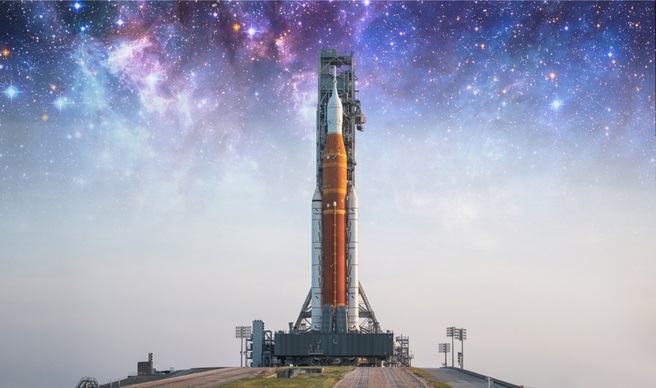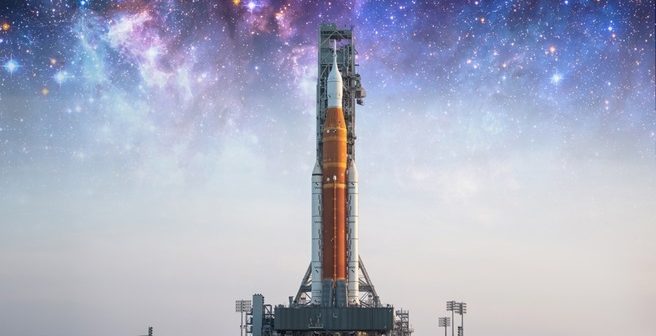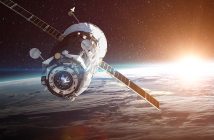
Written by staff writer.
NASA has delayed Artemis II until September 2025 and Artemis III until September 2027 to overcome the technical and logistical challenges of returning humans to the Moon.
NASA Administrator Bill Nelson confirmed the delays during a media briefing on January 10, 2024 (Sydney time). “Safety is our top priority,” he said. “We’re going to give our Artemis teams more time to work through the challenges and we’re adjusting our schedule.”
Artemis is NASA’s marque program to send humans back to the Moon’s surface and beyond. Artemis II aims to put humans on the Moon for the first time since 1972, while Artemis III intends to land astronauts near the lunar South Pole. However, cost overruns and delays – today’s announcement being the latest, have beset the USD100 billion program. Nelson says Artemis IV, the first mission to the Gateway lunar space station, retains its September 2028 target.
Having successfully conducted the uncrewed Artemis I mission in November 2022 after multiple delays caused by pre-flight test difficulties. Artemis I completed two fly-bys of the Moon. The mission also gathered vital intelligence on the performance of the Orion spacecraft, especially its heat shield, for use in later Artemis missions.
Amit Kshatriya, NASA’s Deputy Associate Administrator, Moon to Mars Program, Exploration Systems Development Mission Directorate, said data from Artemis I is having a big impact on the development of the Artemis II and III missions.
“We got a tremendous amount of engineering data from Artemis I,” he said. “We also learned a lot about the production about the production and assembly of components for Artemis II and III. One major finding is that we need more time to work on the performance of the thermal protection shielding.”
While the Lockheed Martin-manufactured heat shields on Artemis I performed within the prescribed safety margins, and the re-entry performed well. “What we did see in the performance of the heat shield was some unexpected phenomena. We did see the off-nominal recession of some char that came off the heat shield, which we were not expecting.”
“The heat shield is an ablative material. It is supposed to char, but we were not expecting to see pieces of that char to be liberated from the vehicle. We need to understand what happened and have spent most of 2023 investigating the issue.”
Kshatriya stressed that had the flight been crewed by humans, the heat shield issue would not have posed a threat to them. “There would not have been any disturbance inside the vehicle,” he said.
Separate from the heat shield issue, Kshatriya said Orion’s integrated abort capability required more work. He said the qualification process uncovered some deficiencies in the performance of the electrical system, including the ability of some of the batteries to withstand the hostile environment. “We have not yet developed a forward path, but we have multiple parallel options to fix this issue,” he said.
Kshatriya denied future Artemis launch dates were merely aspirational and said the latest delays will not change the mission profile. Instead, the delays simply prioritised crew safety. “We’ve tried to address the unknown unknowns,” he said. “We’ve looked at all the steps to get to launch in September 2025 and again in 2026. The crew want to see a realistic path that gives them the best way forward.”





